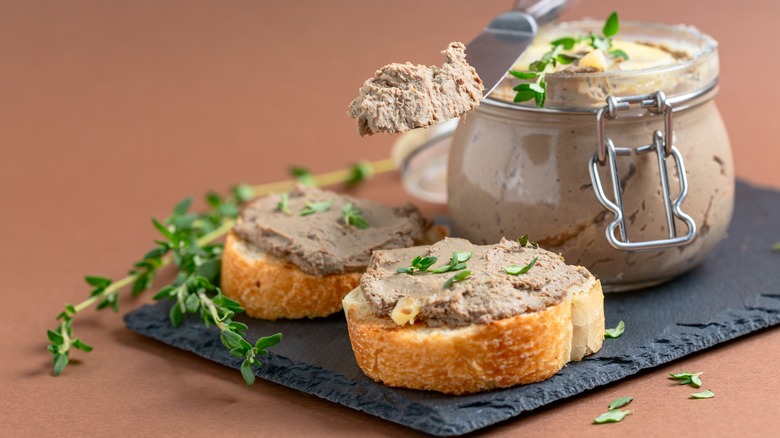Jacques Pépin's Advice For American Cooks When Faced With Unfamiliar Ingredients - Exclusive
It's no secret that American cooks and eaters can be a little less adventurous than those from some other cultures. America is the land of steak, mashed potatoes, chicken nuggets, and plain steamed vegetables. Of course, all of those dishes are tasty in their own right, but sometimes we want to bust out of our comfort zones and try something a little bit unfamiliar.
Luckily for us, we get to learn from Jacques Pépin. He's the perfect guide to help American home cooks get a little bit more interesting in the kitchen. He began his career in France studying the intricacies of classical French cuisine, but he has spent most of his life in America. He learned to appreciate American food during his time working in the corporate kitchen at Howard Johnson's (via PBS). His expertise bridges the gap between the intricate cuisine of Europe and the classic taste of American comfort food.
Pépin's new book, "Art of the Chicken," is a love letter to an animal he feels a special connection to. It's part memoir, part recipe book, and part gallery of paintings and drawings of chickens created by the chef himself. He devotes a whole chapter of the book to recipes for chicken offal (that is, the parts that people in the U.S. usually throw away). In an exclusive interview with Tasting Table, Pépin shared his tips for people looking to move beyond the chicken breast.
Try to make something that feels familiar
Jacques Pépin's choice for a starter chicken offal recipe is chicken liver mousse. He said, "[With] a dash of cognac or nothing at all, or salt and pepper, people will love it."
Part of the reason he suggests this recipe is that it's not immediately apparent that it's made with offal. "If you look at chicken feet, that's very good too, but they look like chicken feet so people get scared. The chicken mousse looks like a puree of something, so it's not that scary," he explained. This is good advice to keep in mind when you're serving people any ingredient that might be perceived as a little left-field: Try to present it in a way that doesn't intimidate your guests.
If you're okay with a little bit of mild deception, you can even take this a step further and not tell your guests exactly what they're eating (as long as you know they're not allergic or adhering to a special diet, of course). If somebody has already tasted something and enjoyed it, they're less likely to be disgusted when you reveal what's in the dish. Pépin endorses this method and gives this script for when people ask you questions: "People will say, 'What is that?' I say, 'Taste it. You tell me what it is.'" This kind of subterfuge might be a little mischievous, but it's also a good way to get picky eaters to broaden their horizons.
Jacques Pépin's "Art of the Chicken" is in bookstores now. You can buy the book here.

